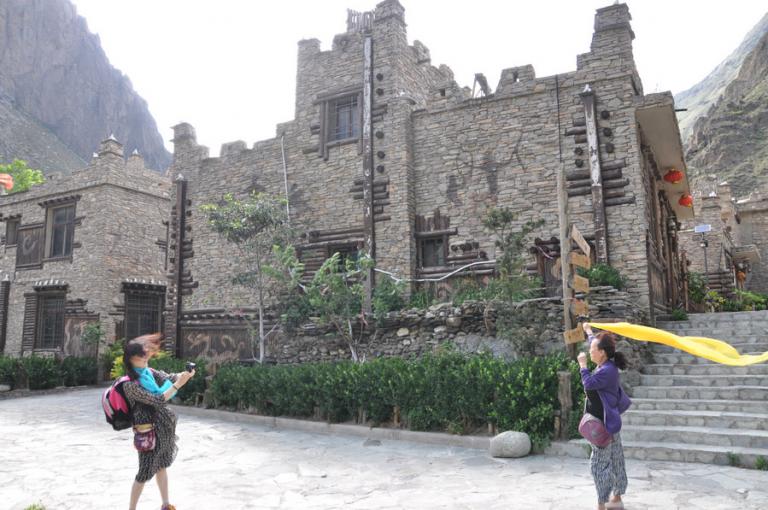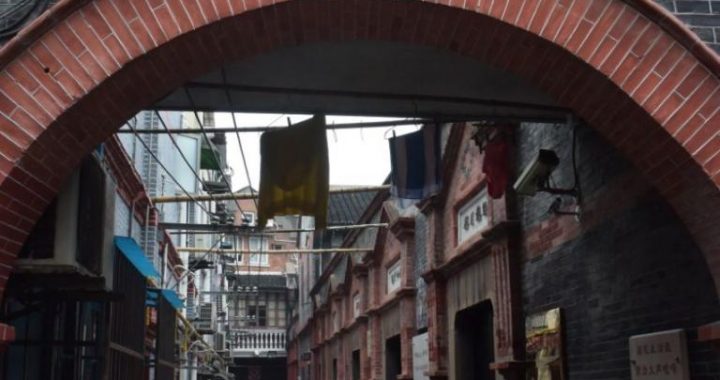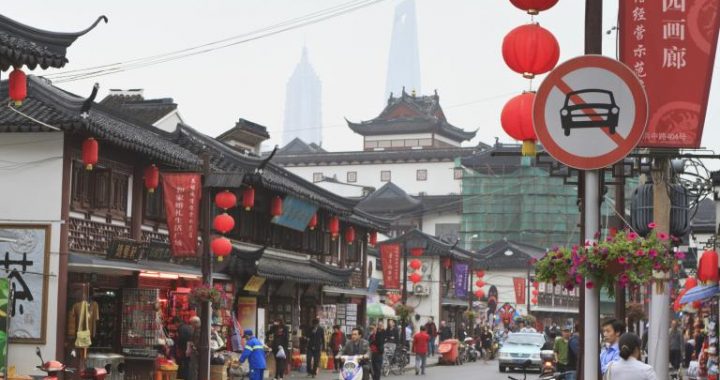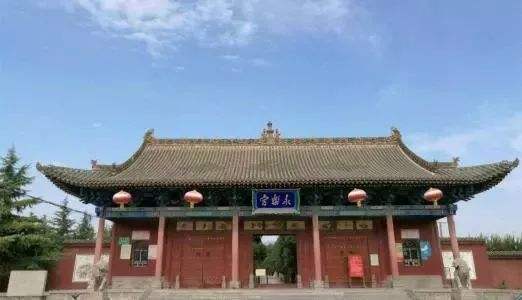The Qiang people in Sichuan Provincial
2 min readThe Qiang people have a long history, very active 3,000 years ago in China’s northwest and central plain. Today, most live in Sichuan, with a population of 300,000.

Most Qiang people farm, grow fruit and rear livestock. Several generations of a family often live together. The Qiang people believe in a primeval religion, taking white rocks as their god, which can be seen on lintels, on windows, in watchtowers and in forests. Legend has it that in ancient antiquity, while migrating, the ancestors of Qiang people met a hostile alien tribe in the upper reaches of the Minjiang River. Alarmed by a god, the Qiang ancestors used wooden clubs and white rocks to frustrate the tribe’s attack. Out of gratitude, but not knowing the identity of their savior god, the Qiang people took white rocks as their god ever since.

In high mountains and deep ravines where the Qiang people live, rocks are abundant, serving as building material for watchtowers. These tall constructions are awe-inspiring, very strongly built withsquare or rectangular blocks. In history, these buildings functioned as a protective stronghold against foreign invasions or gang-fighting. The oldest watchtower is already 1,200 years old, the youngest having a history of 500 years. Most watchtowers have lost their tops, yet their defensive purpose is still seen. In general, watchtowers are either for a family or for a village.A family watchtower is not tall, just between 10 to 20 meters high, built against a mountain to connect the house in front or back. The village watchtowers are higher, about 50 to 60 meters tall to protect the whole village members. Most of the Qiang villages are built on top of a mountain or half-way up, in a very perilous position with an open view.
The Qiang people use plank roads and rope bridges to connect to the outside world. Plank roads are built along the faces of cliffs by drilling holes to hold the planks. In ancient history,a plank road had very important military significance. Plank roads were built by either wooden planks in a place heavilywooded, or on rocky cliffs by drilling holes. The best preserved ancient plank road is on the north bank of Zagunao River in Wenchuan County, Sichuan Province. It is said to have been built by Jiang Wei, an army general from the State of Shu(221-263). It was enlarged during the Qing Dynasty(1644-1911)into a path 158 meters long,0.4-2 meters wide,10-20 meters above a very rapid river. It used to be the important path to western areas in upper reaches of the Minjiang River.
Crossing a river by suspended ropes was a courageous act by Qiang ancestors. Suspended ropes are also called rope bridges,a skill mastered by Qiang ancestors 1,500 years ago. The Weizhou Rope Bridge in Wenchuan County over the Minjiang and Zagunao rivers was built during the Tang Dynasty,100 meters long and 1.5meters wide, is a thrilling experience to cross.









